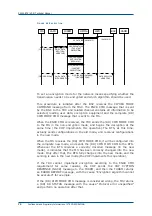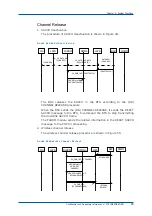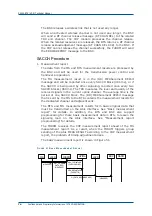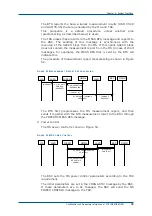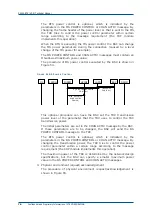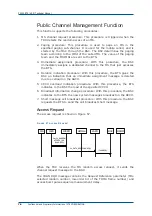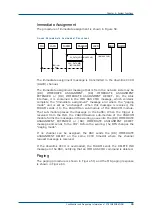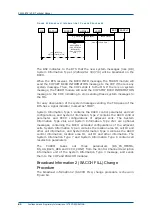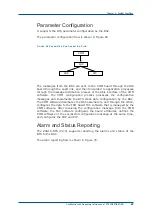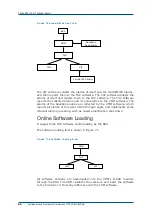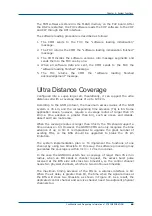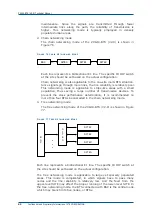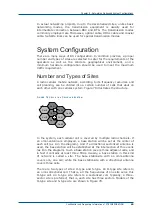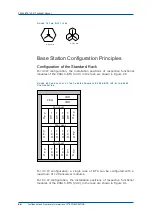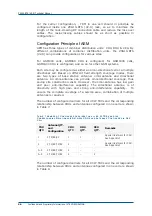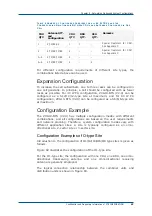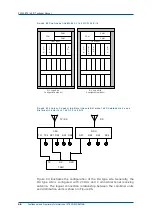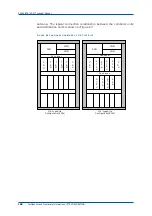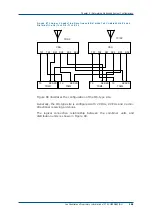
ZXG10-BTS (V2.9) Technical Manual
86
Confidential and Proprietary Information of ZTE CORPORATION
F
I G U R E
6 8
C
O N N E C T I O N
F
A I L U R E
MS
LAPDm
FURRM
HPIMa
LAPD
BSC
OAMM
MPH_CHPIndToRR
(CHP CONN FAIL IND)
(CONN FAIL IND)
DL_DATA_REQ (CONN FAIL IND)
The CONN FAIL IND message that is sent from the BTS to the BSC
indicates the BSC that one activated channel cannot be used as more for
some reasons.
When this message is received, the network side will release the channel.
The message contains the cause parameter, including the following causes:
1. Radio link fault (Section 5 in GSM 05.08): At the BTS, a fault can be
judged according to the bit error rate of the uplink SACCH or the test
condition of RXLEV/RXQUAL.
2. Hardware error (decoder fault, for example).
3. Others
The CHP module will report the error to the FURRM module. In addition, in
case of failed handover or mis-synchronization between CHP and TC, the
FURRM also sends this message to the BSC.
Error Report
The BTS sends the ERROR REPORT message to the BSC, notifying the
following errors that cannot be reported with other procedures.
When the BTS receives the error message, it ignores the message and
reports to the BSC. Here, the ERROR REPORT is the message involving all
error causes other than the CHAN ACTIV NACK for channel activation and
the MODE MODIFY NACK for channel mode modification.
The error causes include message ID error, message type error, message
sequence error, information unit error, and channel status mismatch.
O&M
The BTS provides powerful O&M functions to implement management and
maintenance of the BTS equipment. Main functions are divided into three
parts: Parameter configuration, alarm and status report and software
online loading.
Summary of Contents for ZXG10-BTS
Page 4: ...This page is intentionally blank ...
Page 8: ...Figures 121 Tables 123 ...
Page 9: ...This page is intentionally blank ...
Page 10: ......

